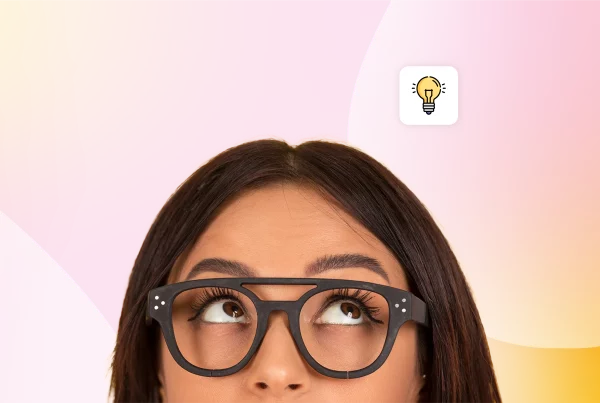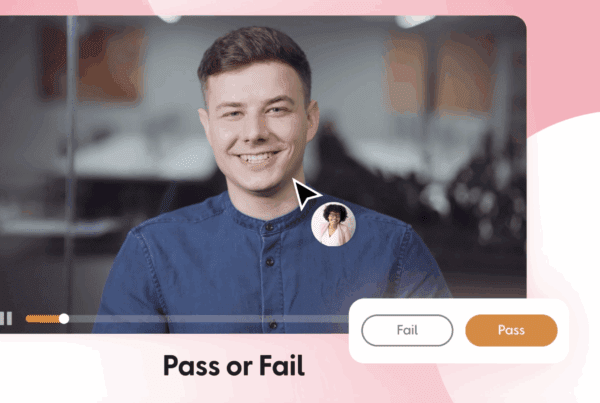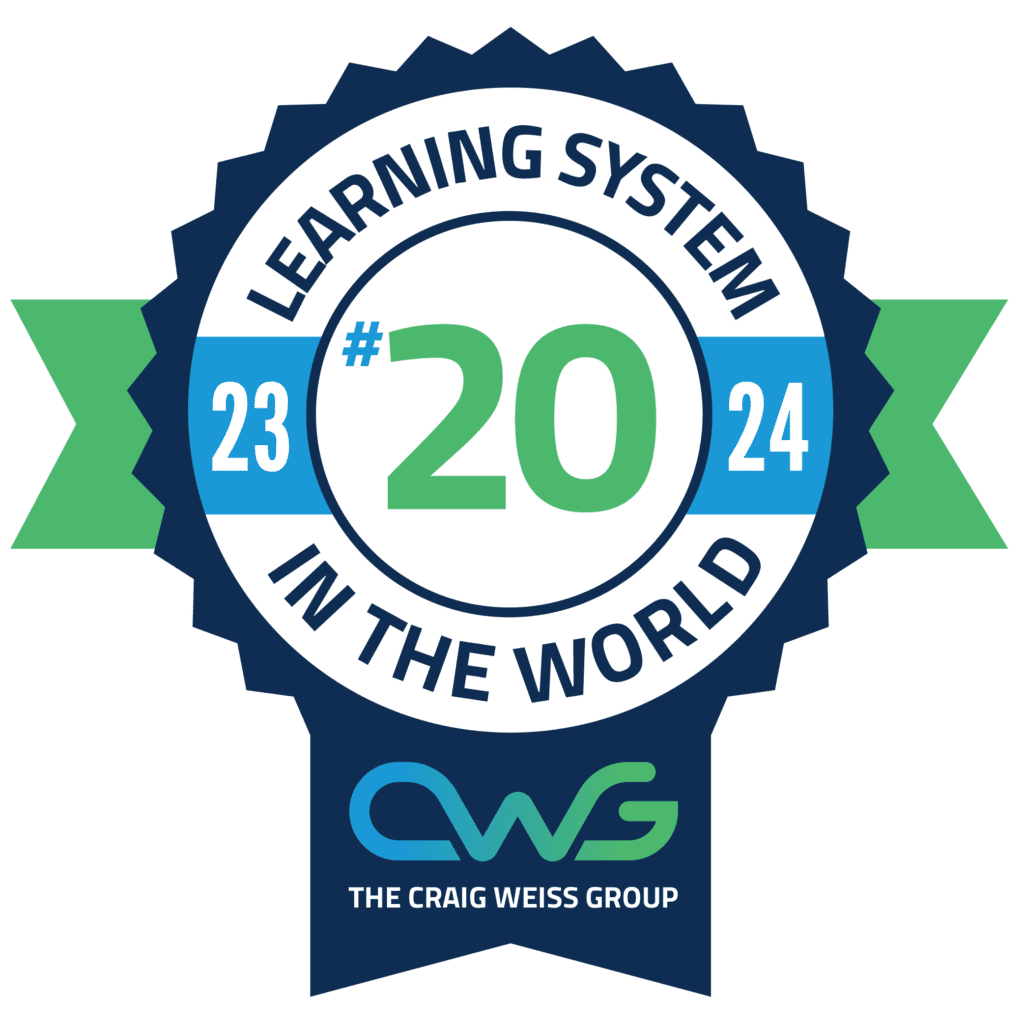You’ve probably heard the buzz around skills-based organisations (SBOs).
They’re agile. They’re future-proof. And they put skills, not job titles, at the heart of everything.
But how do you actually become a skills-based organisation?
That’s exactly what we’re talking about here.
So, grab a coffee and let’s get into it! ☕
But First…
What is a Skills-Based Organisation?
A skills-based organisation flips the traditional work model on its head.
Instead of focusing on job titles, degrees, or rigid career paths, SBOs prioritise skills.
It’s all about…
✅ Hiring for skills over credentials.
✅ Upskilling continuously.
✅ Enabling internal mobility based on competencies, not tenure.
✅ Aligning work with what people can do, not just what’s written in their job description.
In short?
It’s about giving people the right opportunities based on what they bring to the table today and what they could develop tomorrow.
So Why Become a Skills-Based Organisation?
Because the world of work is shifting. Fast. 🚀
Companies that build around skills rather than static job roles are more:
Resilient ⭐
Adapting to change without significant restructuring.
Inclusive ⭐
Opening doors for talent beyond traditional hiring criteria.
Efficient ⭐
Matching people to the proper work, not just their assigned role.
Engaging ⭐
Giving employees a clear path for growth, leading to higher retention.
Still with us?
Good, because now we’re getting into the how-to.
12 Steps to Becoming a Skills-Based Organisation in 2025
This isn’t a flick-the-switch transformation.
It takes commitment.
But don’t worry; we’ve broken it down into 12 easy steps to make it manageable.
These steps cover everything from defining what a skills-based organisation means for your specific context to continuously optimising and future-proofing your approach.
1. Figure Out What a Skills-Based Organisation Means for You 💡
Not every company approaches this the same way.
What’s your goal?
Are you focused on hiring based on skills, making it easier for employees to move into new roles, or creating a culture of continuous learning?
Maybe all of the above?
- First, get clear on why you’re making this shift.
- Identify the key skills that truly drive your business.
- Take stock of how much change is needed in your processes, tech, and culture to make it work.
2. Audit the Skills in Your Workforce 💡
You can’t improve what you don’t measure.
A skills audit helps you see:
- What skills gaps do your employees already have (and where they’re strongest)?
- What’s missing both now and for the future?
- How to gather the data through self-assessments, manager feedback, and skills-mapping tools.
The goal?
To make smarter decisions about hiring, training, and internal mobility.
3. Build a Skills Framework That Makes Sense 💡
Your company needs a language that is shared around skills.
Standardise how you define and measure them by…
- Setting clear proficiency levels (basic, intermediate, advanced, expert).
- Aligning them with job functions and career paths so employees know what’s needed to grow.
- Make sure it’s easy to understand and use no unnecessary complexity!
4. Move from Job Titles to Skills-Based Structures 💡
Traditional job descriptions are often rigid and outdated.
Instead…
- Build skills-based job architecture roles defined by skills, not just experience or tenure.
- Let employees grow by mastering skills, not just waiting for a promotion.
- Encourage people to apply their skills across different teams rather than being stuck in one lane.
5. Hire and Promote Based on Skills, Not Just Experience 💡
It’s time to rethink hiring and career growth:
- Instead of filtering candidates by degrees and job titles, assess their actual skills (practical tests, projects, or case studies).
- Make internal moves easier. Employees shouldn’t have to switch companies just to advance.
- Use AI-driven matching to connect employees with new opportunities based on their skills, not just job history.
6. Make Learning & Upskilling an Ongoing Thing 💡
Learning shouldn’t stop after onboarding.
Keep skill-building continuous by:
- Offering learning platforms that suggest relevant courses.
- Providing bite-sized learning (microlearning) so employees can upskill without blocking out hours at a time.
- Encouraging mentorship and peer-to-peer learning—sometimes the best knowledge is already in your company!
7. Use AI & Tech to Track and Grow Skills 💡
Leverage technology to make smarter talent decisions:
- Track skill development over time so you can see progress.
- Match employees to new roles, projects, or learning paths based on what they’re good at (and want to improve).
- Personalise learning—no more one-size-fits-all training programs.
8. Rethink Performance Reviews & Career Growth 💡
Let’s be honest—bog standard annual reviews don’t cut it anymore.
Instead:
- Evaluate employees based on skills and real contributions, not just task completion.
- Make career paths transparent and flexible so employees know what skills they need to move forward.
- Shift to continuous feedback rather than once-a-year check-ins.
9. Encourage Skills-Based Collaboration 💡
People have skills that extend beyond their job descriptions—let them use them!
- Break down silos by giving employees chances to contribute across teams.
- Recognise and reward people for applying their skills outside of their usual role.
- Encourage a culture where knowledge-sharing is the norm, not the exception.
10. Get Leadership & Managers on Board 💡
Change starts at the top.
Leaders and managers need to:
- Stop just managing tasks and start developing skills.
- Act as a coach, helping employees grow instead of micromanaging.
- Promote a skills-first mindset across the company.
Check out how Thirst can support you with leadership development.
11. Measure Progress & Keep Improving 💡
How do you know if this approach is working?
Track things like:
- Employee engagement (Are people more motivated and involved?).
- Internal mobility (Are employees moving into new roles more easily?).
- Business impact (Is productivity improving? Are retention rates higher?).
Most importantly, you should be willing to adjust and evolve based on what the data tells you.
12. Scale & Future-Proof Your Skills-Based Approach 💡
A skills-based organisation isn’t a one-and-done project—it’s a continuous journey.
- Keep your skills framework up to date as industries and technologies evolve.
- Embed skills-first thinking into hiring, learning, and workforce planning, so it becomes the norm, not the exception.
- Encourage lifelong learning so employees (and your business) stay agile and future-ready.
Final Thoughts
Becoming a skills-based organisation isn’t just a trendy move.
It’s a strategic one.
The businesses that thrive in the future will be those that embrace agility, empower their people, and let skills lead the way.
It takes effort, but it’s worth it.
And hey, you don’t have to do it alone.
We’re here to help. 😉
Looking for more insights?
Check out our deep dive on Skills-Based Organisations.
Got 2 Minutes?
If your organisation is struggling with disengaged learners, Thirst has the solution. 🔥
Thirst is an AI-powered learning platform that helps L&D teams of all sizes boost learner engagement and create experiences tailored to today’s learners.
Take a guided tour today and see Thirst in action.
For more e-learning insights, resources and information, discover the Thirst blog.
You may also enjoy:
What is Adaptive Learning: A Beginner’s Guide | 13 Of The Best Coaching Models to Use | 24 Examples of Employee Strengths and How to Develop Them







